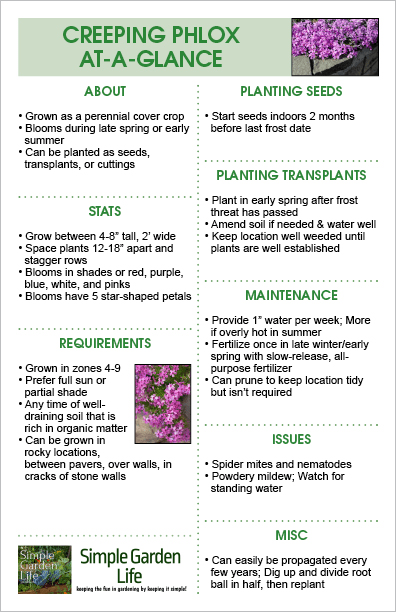Creeping phlox is the perfect choice for adding a vibrant ground covering perennial to your landscape – not only does it add lasting beauty and a light, airy light fragrance to your yard, it also happens to be extremely easy to plant, grow and maintain!
Whether you have an open wide location or an area with rolling hills, creeping phlox makes for an excellent ground cover.
Not only can it easily grow in most soil conditions as long as it is well draining, it can also thrive in rocky locations. Areas such as in-between pavers, around walking paths, cascading over walls, or even in the cracks of stone walls are all excellent choices for growing creeping phlox.
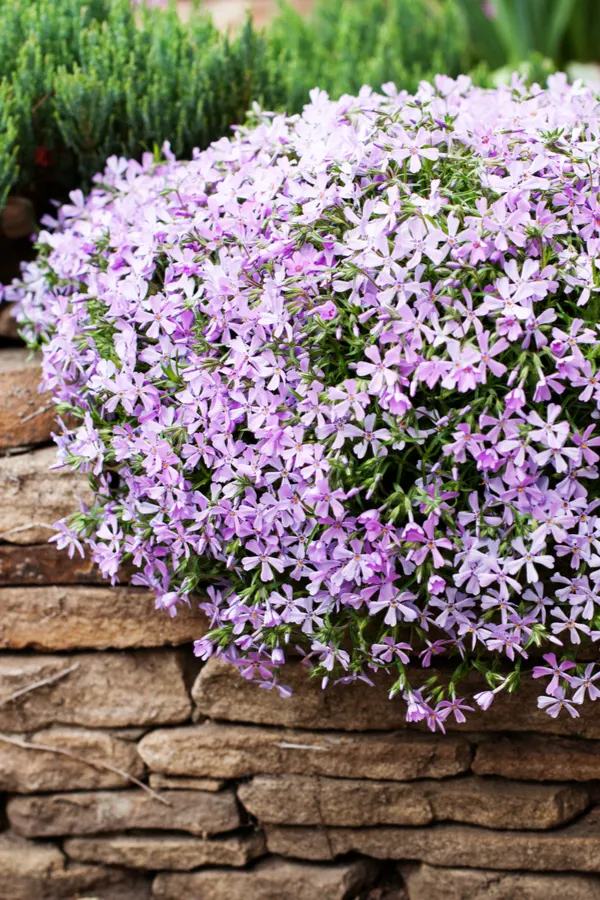
You are rewarded with multiple fragrant, star-shaped blooms during the late spring and early summer. And are these small 1-inch flowers ever excellent for attracting pollinators of all types!
After the blooms have died off, the green foliage of creeping phlox is still quite pleasing to the eye. Thankfully, with a few simple tips, you can enjoy this stunning perennial ground cover crop for many years.
All About Creeping Phlox – The Beauty of Creeping Phlox
Creeping Phlox is hardy in growing zones 4 through 9. (You can find your Growing Zone Here.) The foliage will die back during the wintertime and come back again during the early spring.
Most creeping phlox varieties come with green foliage and five-petaled blooms in shades of reds, purples, blues, whites, and pinks. There are also some variegated varieties as well. Blooms will last for several weeks and have a sweet fragrance to them.
Each plant grows only around four to eight inches tall while expanding to around two feet wide. This makes creeping phlox a perfect ground cover crop with its low profile.
How To Plant, Grow, And Maintain Creeping Phlox
Soil Requirements for Creeping Phlox
Thankfully, creeping phlox isn’t really particular about what the soil quality is like. However, soils must be well-draining in order for creeping phlox to flourish. The plants do prefer soils that are rich in organic matter and slightly acidic, but will still survive with in less than ideal conditions.
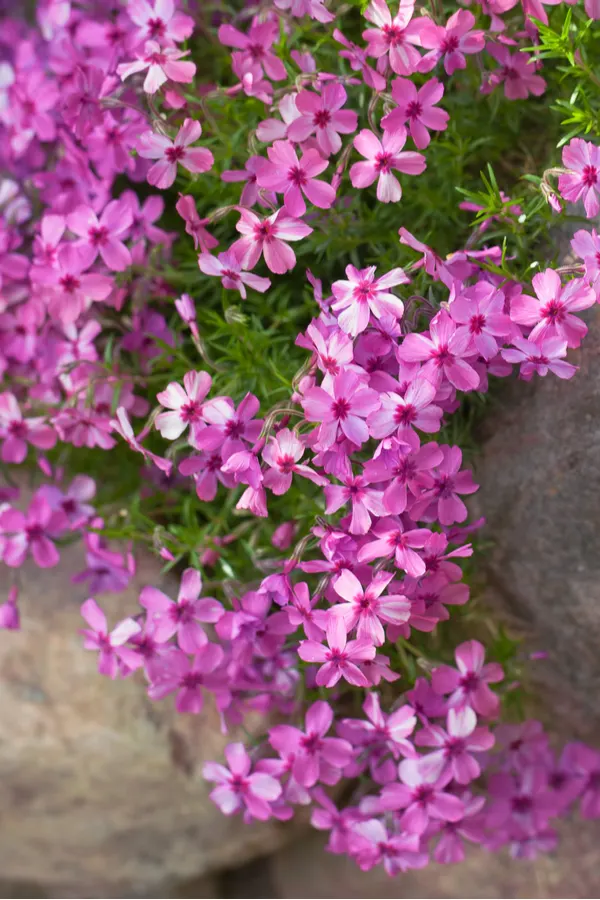
Planting – The Beauty Of Creeping Phlox
Creeping phlox can grow quite easily from seed, transplants, or a cutting. When growing from seed, you need to start plants indoors about 2 months before your last frost date. For more information on starting seeds indoors, check out this article, “How To Start Seeds Indoors With Ease.”
Your creeping phlox has a better chance of becoming established if they are started from transplants or cuttings. Most nurseries and garden centers typically carry creeping phlox. Just make sure you get the right variety of phlox plants. There are also annual phlox varieties that aren’t considered a ground cover and only last one season.
Aim for planting in the spring after the threat of frost has passed. When choosing your location, make sure it’s a spot that receives full or partial sun.
Space plants around 12 to 18 inches apart, depending on the variety since they will spread. Stagger your planting rows to make sure the phlox will fill in the bare soil properly. You can amend the soil with compost if needed. Water well once planted.
Long-Term Care – How To Grow and Maintain Creeping Phlox
Thankfully, maintaining the beauty and health of your creeping phlox is easy to do. With the proper amounts of watering and a once yearly fertilizing, your creeping phlox will flourish every year.
Watering
You only need to water your creeping phlox once a week if you haven’t received any rainfall. Aim for around 1 inch of water each week. During especially warm stretches in the summer, you may need to water more often.
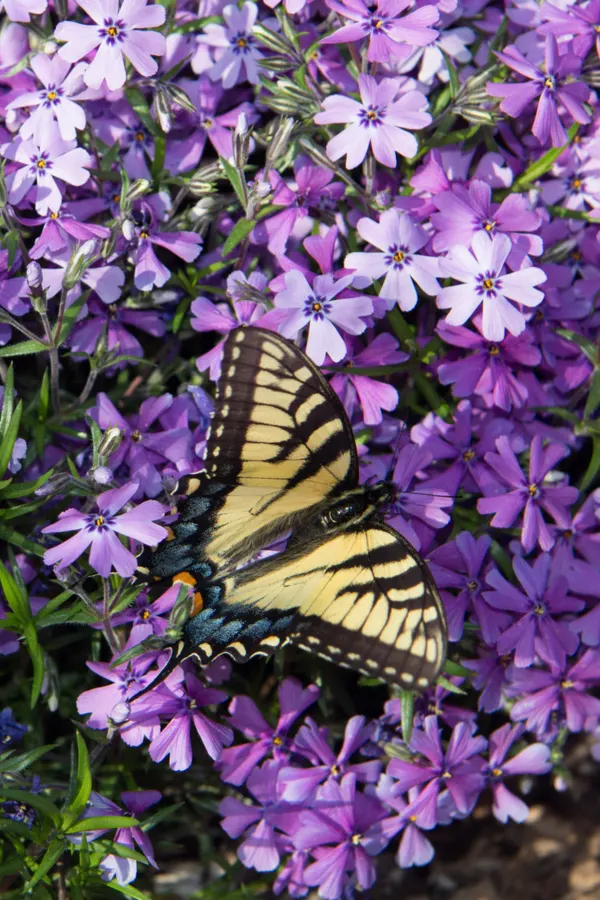
Fertilizing
Fertilize your creeping phlox either in the late winter or early spring. This will help promote better growth as well as increase the nutrients available for blooms. For best results, use an all-purpose, slow-releasing fertilizer.
For more information on this topic, check out our article: How To Fertilize Creeping Phlox In Early Spring – For Bigger & Better Flowers!
Pruning
There really isn’t a need to prune creeping phlox unless you want to tidy up the growing location. Many growers, however, choose to let creeping phlox grow as it wants, enhancing the natural beauty of their landscape.
In addition, you may wish to trim back the woody stems after they are done producing blooms, but this isn’t really needed.
Pests & Issues
Spider mites are one of the main pest issues for creeping phlox. In addition, if your soil is overly moist, you may run into issues with nematodes. Powdery mildew can also be an issue for creeping phlox, but it is more commonly seen on annual varieties.
The main issue with creeping phlox is the competition of weeds in the growing location. This occurs especially with new plants before they have a chance to become established. Make sure to stay ahead of weeds by hand-pulling them early on and regularly.
Weeds won’t be as much of an issue once creeping phlox becomes well established. The thick undergrowth tends to protect the soil surface from weed seeds blowing in and establishing.
Propagating – The Beauty of Creeping Phlox
Creeping phlox is easy to propagate via divisions. Propagating is the simply digging up and dividing a mature plant into multiple plants after it is through blooming.
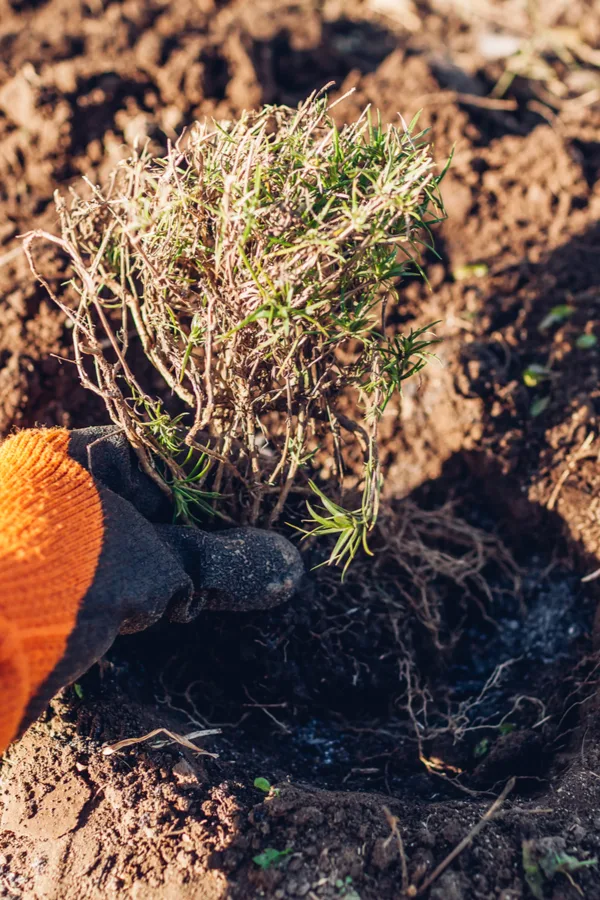
In order to do this, use a small shovel or trowel to dig up a creeping phlox plant. Make sure to keep the root ball intact. Use a sharp knife (a Hori-Hori tool works great for this) to cut the root ball in half, producing two independent plants. (Product Link: Hori Hori Tool)
Place one of the plants back into the original hole and place the other in a different location. Water well. Dividing is a good idea every couple of years or when the creeping phlox has a reduction in blooms. Plants that become overly crowded will begin to bloom less profusely.
To Conclude…
Planting creeping phlox around your landscape is a great way to add beauty and visual interest to your home. With its quick growth rate and low maintenance, it’s one of the best choices for an amazing ground cover.
Simple Garden Life is a website dedicated to keeping gardening fun, simple and enjoyable! We publish two new articles each week along with a new garden podcast episode every two weeks.
Feel free to download, print out, or save our Creeping Phlox At-A-Glance sheet. It is sized for half letter printing but can be scaled if needed.
